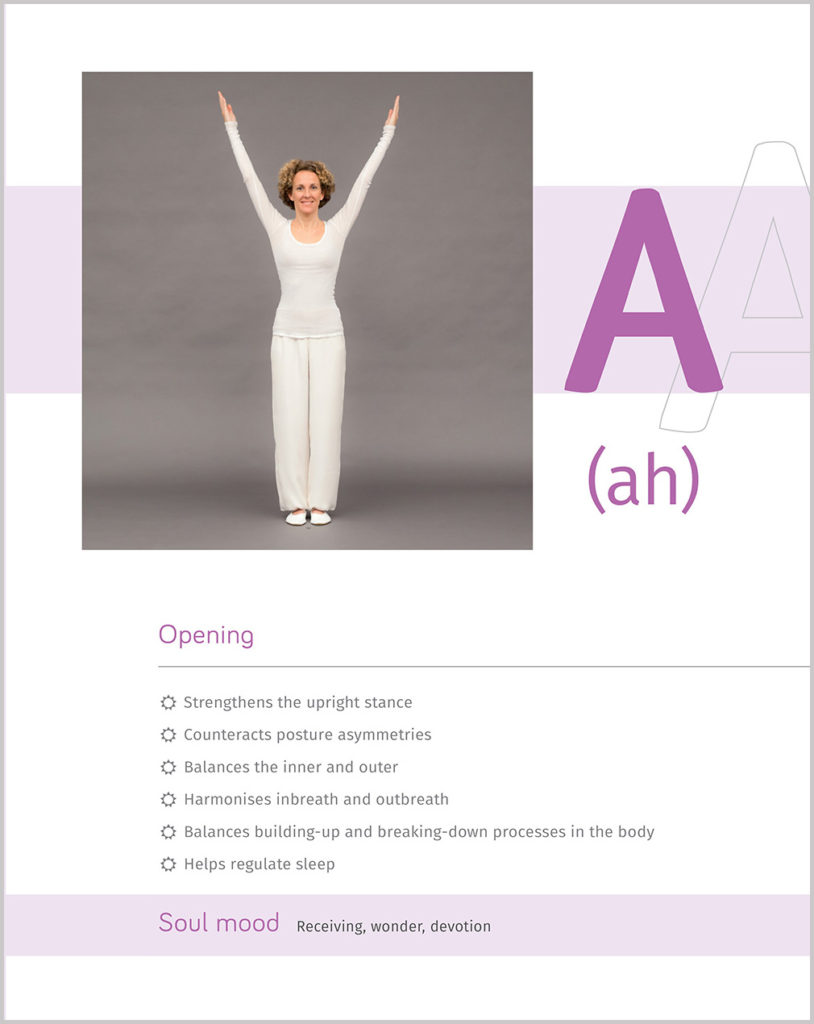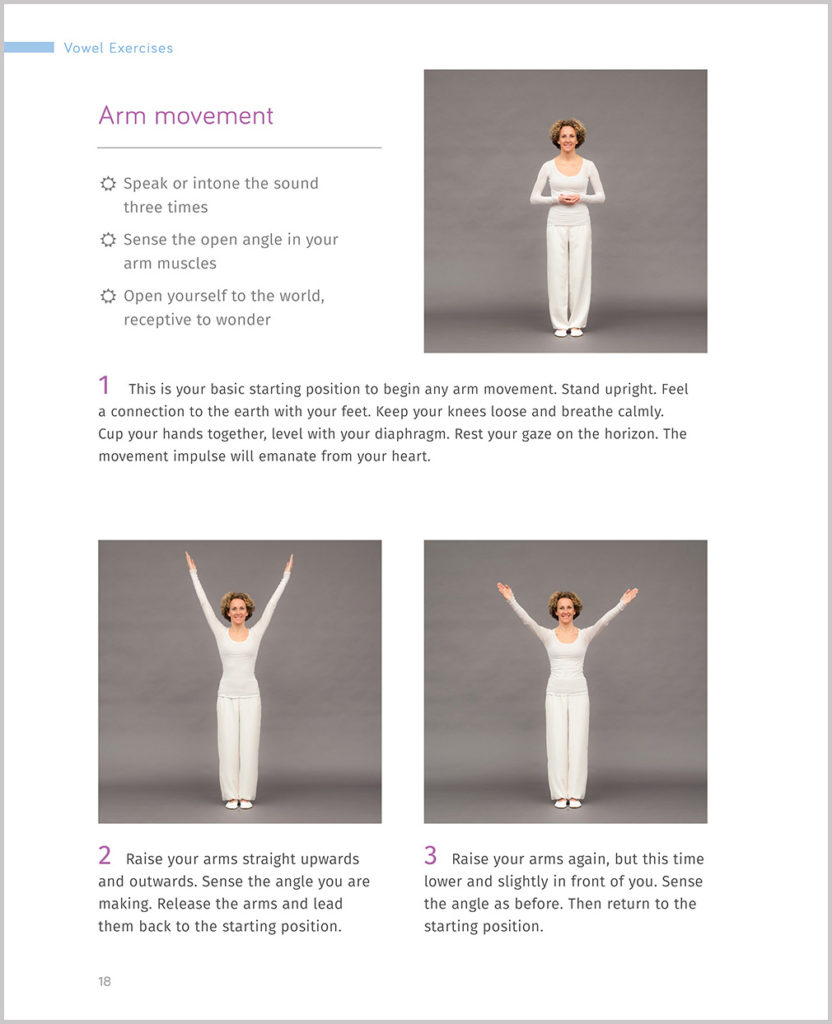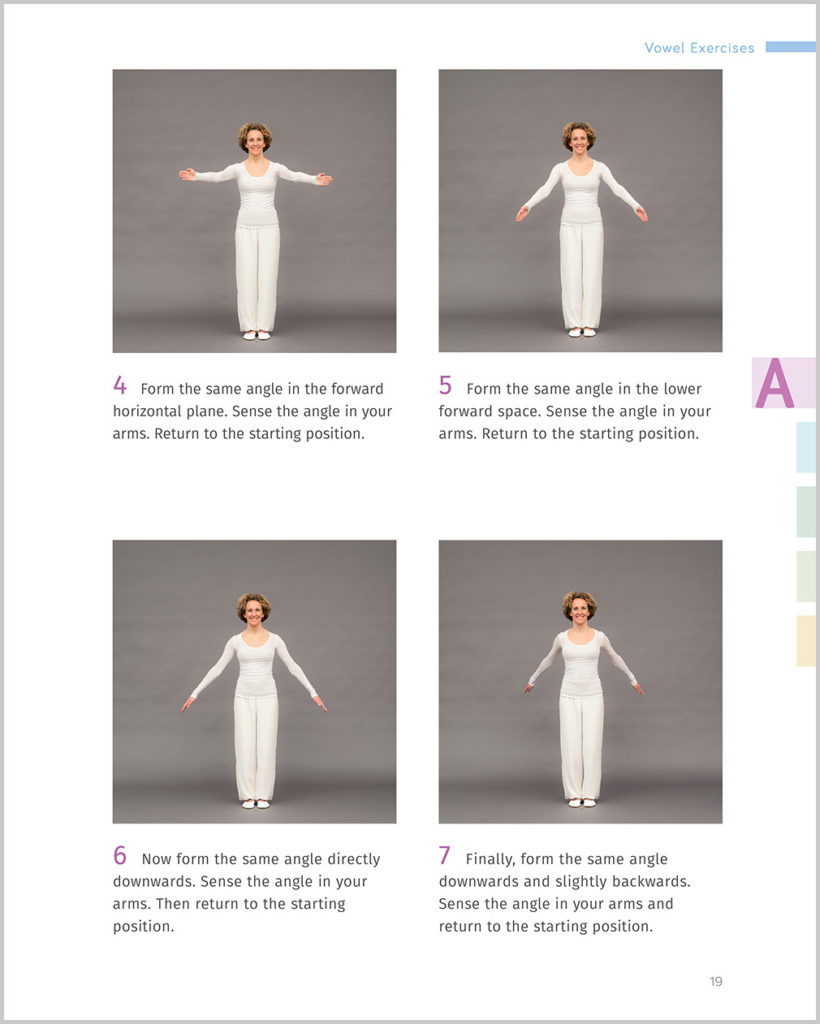Step inside “An Illustrated Guide to Everyday Eurythmy”
by Floris Books • 12 November 2020 • Holistic Health • 0 Comments
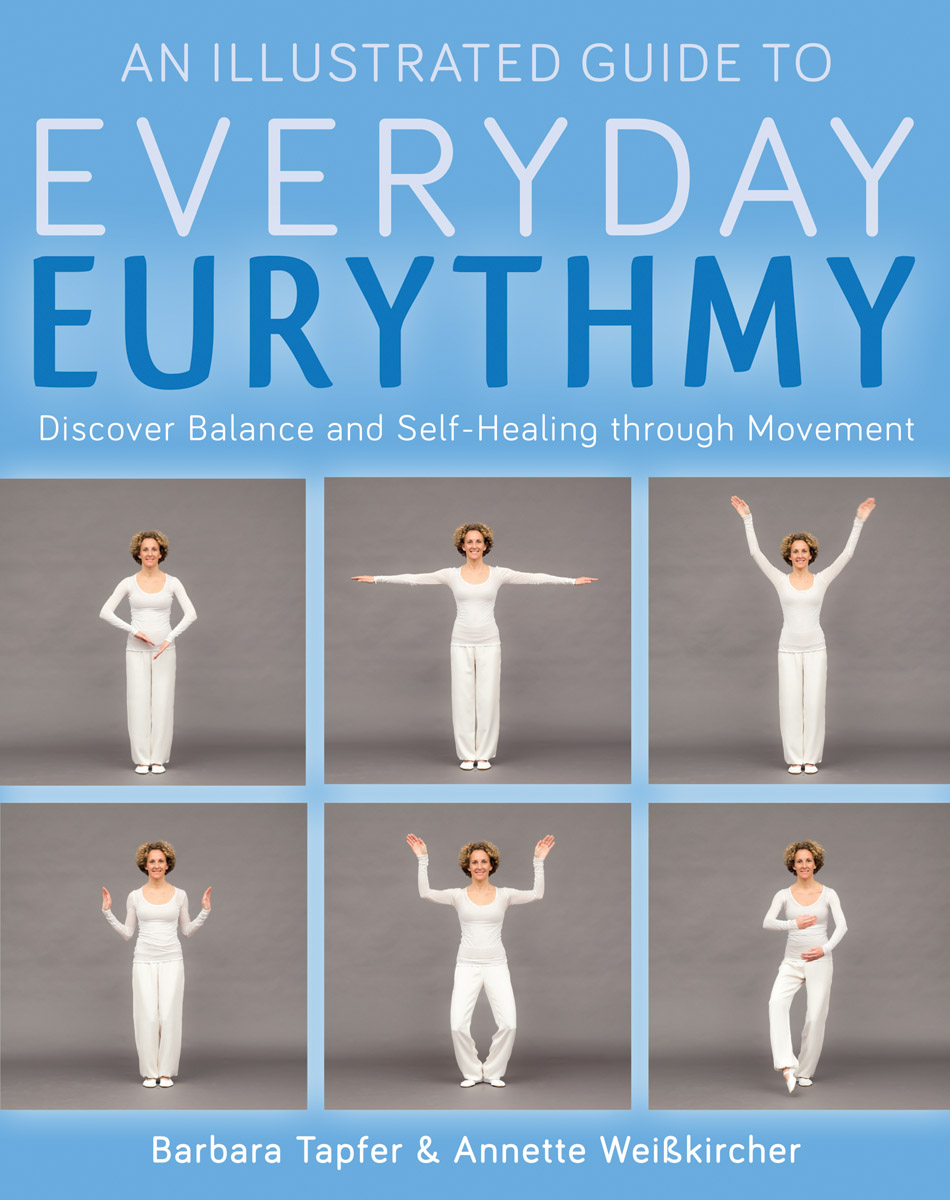
In today’s blog post we’re answering your questions on the subject of eurythmy and offering you a sneak peek inside our richly illustrated step-by-step guide – An Illustrated Guide to Everyday Eurythmy: Discover Balance and Self-Healing through Movement by Barbara Tapfer and Annette Weisskircher.
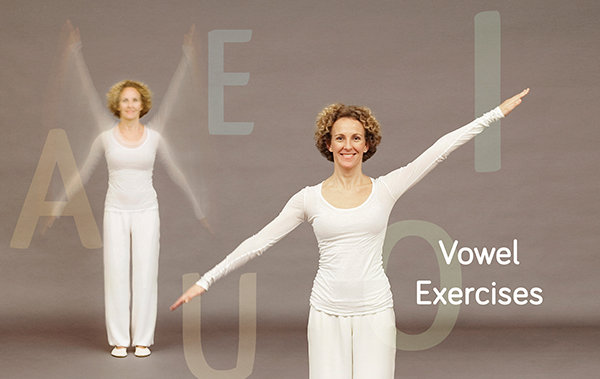
What is Eurythmy?
Eurythmy is an active therapy that draws on the original power of human speech in order to stimulate an individual’s innate ability to self-heal. Eurythmy is a compelling method of bringing balance and harmony to our body, soul and spirit through a series of rhythmic body movements.
When was the concept of Eurythmy first conceived?
People have been practising and performing eurythmy since 1912, when it first materialised as a new mode of artistic expression. The therapeutic potential of this new form was soon recognised and it has since developed alongside artistic, performance-oriented eurythmy for nearly a century. Today, people are performing eurythmy throughout the western world.
Why is Eurythmy important?
Advocates of exercise like yoga and tai chi have long recognised that we can direct powerful physical and mental changes within ourselves through specific movements of our bodies. Supporters of eurythmy argue that it can have a positive impact on patients’ health and well-being.
Studying Eurythmy Therapy
You can study on the basic four-year, full-time artistic eurythmy training program in over twenty-five countries. You can undertake training in therapeutic eurythmy on a three year, part-time course resulting in a certificate from the Medical Section of the School of Spiritual Science in Dornach, Switzerland.
Who are the authors?
Barbara Tapfer was born in 1977 in the South Tyrol in Northern Italy. She studied eurythmy at Dornach, The Hague and Järna, and now runs a private eurythmy practice.
Professor Annette Weisskircher was born in 1955 in Bonn and studied eurythmy and eurythmy therapy. She has worked for many years in private practice. She created the first eurythmy master’s program at Alanus University.
What’s so special about this book?
This is the first book of its kind, using dynamic photography to demonstrate the rhythmic body movements and core gestures of eurythmy exercises. Written by two highly experienced eurythmists this book is founded on a deep, grounded knowledge of eurythmy as a therapeutic art form. Another useful feature is the special binding that allows the book to lie flat open while you’re using it.
A snapshot inside the book
Read our disclaimer before attempting to practise these exercises (see below).
Disclaimer
The contents and exercises of this workbook were carefully researched, tested and discussed with experts. Whilst they can offer guidance and orientation for patients practising on their own, and serve as a reminder, most importantly they are not a substitute for the work of a physician or eurythmy therapist, and are not intended as such. The authors and publisher are not liable where such use occurs.
